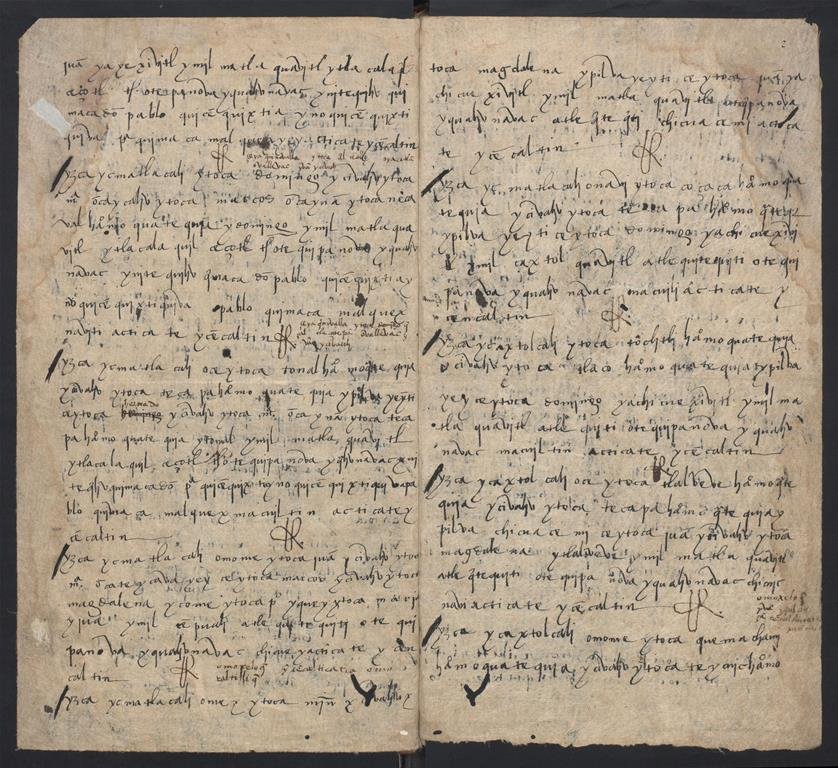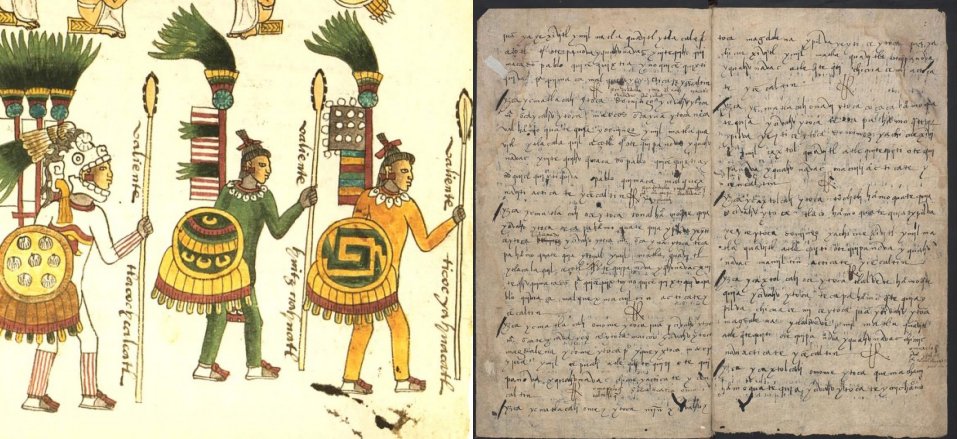MessageToEagle.com – A unique 500-year-old Aztec document is now studied by a team of researchers from the Faculty of “Artes Liberales” at the University of Warsaw.
The document (a fragment of the register), found in the library of the Jagiellonian University in Cracow, Poland, contains 80 elongated pages written in the language of the Aztecs – Nahuatl – which has survived to this day. It originates from the area of today’s Mexico.
It all began in the years 1519-1524 with the conquest of the giant Aztec Empire by the Spanish conquistador Fernando Cortez.

“For many years, Cortez ruled over the lands he had conquered, but his power soon became a concern for Spain which is why he was gradually moved away from sovereignty,” Dr Julii Madajczak at the University of Warsaw said.
Spaniards permanently developed procedures for the conquered territories. After the defeat of the local population, the conquistadors appointed a viceroy and other European officials who would rule over the regions along with Cortez.
Cortez was not particularly satisfied with the idea and started to argue, demanding that he should be given more land and power.
Dr Julii Madajczak has examined an interesting Aztec document that contains a register of the population and the Marquisate of the Valley of Oaxaca, which Cortez received for his services from the Spanish king. Despite its name, the marquisate covered a much larger area than the Valley of Oaxaca, comprising a vast stretch of land in the present-day Mexican states of Oaxaca, Morelos, Veracruz, Michoacán and Mexico.
“It was not just any grant – the entire property occupied an area of an average European country!” Dr. Madajczak said.
Madajczak suspects list register was created on Cortez’ order as he want to who wanted to find out what resources are available and what other earthly possessions he could claim.
See also:
Fearsome Aztec Eagle Warriors And Jaguar Warriors Of Mesoamerica
Florentine Codex: Remarkable Manuscripts About Life Of The Aztecs
Dresden Codex – The Oldest And Best Preserved Book Of The Maya
Controversial Grolier Codex: 13th Century Maya Codex Is Genuine
The study of the Aztec document is demanding and far from easy, but it’s certainly worth the effort as it contains valuable information about the Aztecs and their culture after the arrival of Europeans.
The table consists of a continuous text written in the local language of the Aztecs – Nahuatl.
“Writers were probably locals semiskilled in the art of writing”, Dr. Madajczak said.
This unique document divided the register on villages. The average number in the village at the time was 200-250 people. The register also contained information about the most important in the village, the characteristics of individual households and the number of their inhabitants.
Occasionally, there was even information about the mistress of the house and when and where a person was baptized.
Of course, the most significant information was which households were obliged to pay taxes to the ruler.
Not every household was forced to pay taxes. For example, local nobles whose task was to control the peasants, or widows were exempted from paying taxes.
The Aztec document will now be examined by researchers and one of the goals with the study is to find out who was forced to pay taxes and who was free from this burden.
MessageToEagle.com
Expand for references






